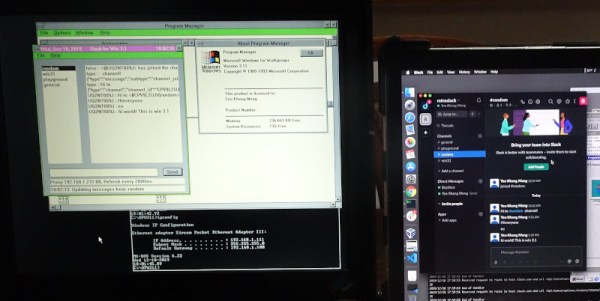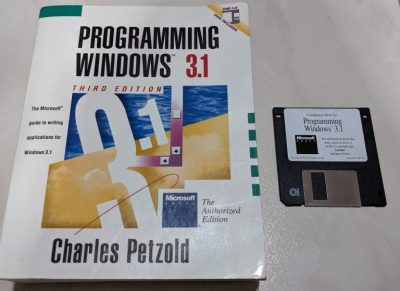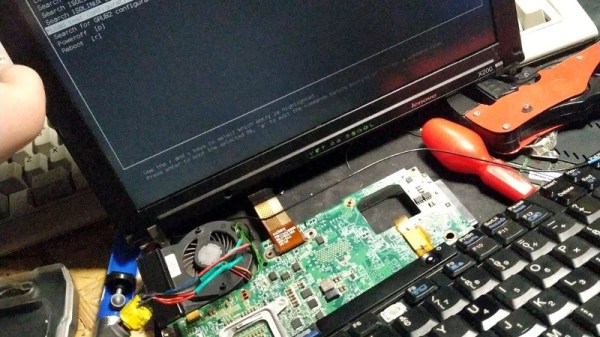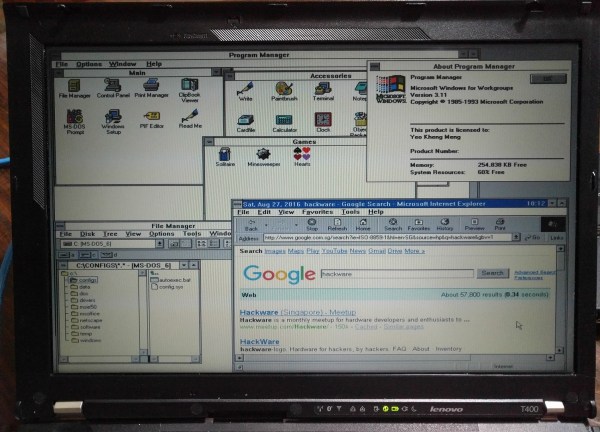Over the course of the 1990s we saw huge developments in the world of PC graphics cards, going from little more than the original IBM VGA standard through super VGA and then so-called “Windows accelerator” cards which brought the kind of hardware acceleration the console and 16 bit home computer users had been used to for a while. At the end of the decade we had the first generation of 3D accelerator chipsets which are ancestors of today’s GPUs.
It was a great time to be a hardware enthusiast, but as anyone who was around at the time will tell you, the software for the drivers hadn’t caught up. Particularly for Windows 3.1 it could be something of a lottery, so [PluMGMK]’s modern generic SVGA driver could have been extremely useful had it appeared at the time.
As many of you will be aware, there is a set of VESA standardized BIOS extensions for video modes. There were generic VESA drivers back in the day, but they would only provide a disappointing selection of options for what the cards could do even then. The new driver provides support for all the available modes supported by a card, at all color depths. Windows 3.1 in true-color full HD? No problem!
It’s unexpected to see Program Manager and a selection of windows spread across so much real-estate, almost reminiscent of the uncluttered desktops from early ’90s workstations if you disregard the bright colors. We can’t help noticing it wins in one way over even the latest version of MacOS at these resolutions though, as anyone who has ever used a 4K screen on a Mac and found the menus remain miles away up in the top corner will tell you. Meanwhile if you’ve not had your fill of 16-bit Windows, how about sticking it in a ThinkPad BIOS?


















